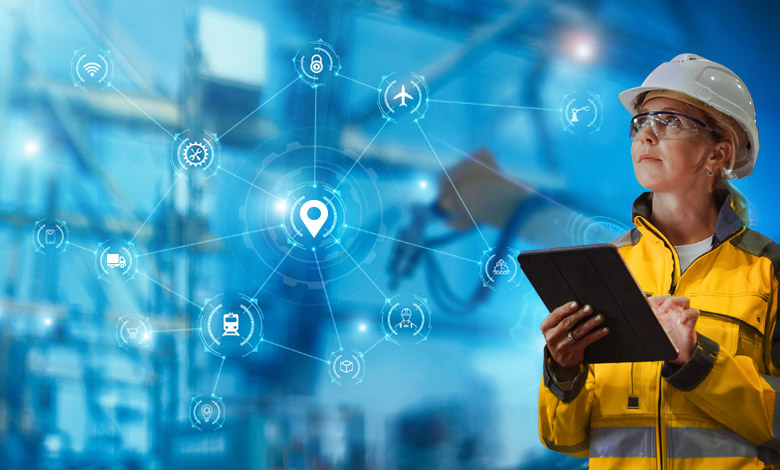
GPS can be used to track the position of high-value products in transit or throughout the supply chain.
GPS can also be used to track the location of forklifts, vehicles and trucks during transportation.
GPS can optimize the operation in the open air or outdoor area, reduce theft and improve security through data optimization process.
The commercial use cases of GPS technology include improving traceability, reducing insurance cost, improving route planning and optimization, eccetera.
GPS sensors can be used continuously for five years, and alarm and trigger integration can be carried out in specific areas to further automate business processes.
The function of GPS has been realized today, and it has been used in various use cases, including theft detection, employee misconduct detection, security and customer experience.
Powerful and flexible GPS technology
This technology is easy to acquire and deploy. Its core is a GPS device. There are many types of devices that have the ability to change form, adaptation and function, and can adapt to use cases and attached objects. These devices are battery-powered, using low-bandwidth communication technology, and can even maximize the use of communication methods and time, so that they can be used for several years after a single charge. In addition to location, many of these devices can also detect other data in the environment through embedded sensors-including impact, temperature and humidity.
Today’s sensors can communicate in a variety of ways and provide options for manufacturers according to their specific deployment use cases. The two most common connection options are cellular and LoRaWAN. The first one should be obvious. These sensors and their services include options such as 4G or 5G, and usually use lightweight protocols such as IoT. Cellular network is the best choice when assets are transported over a longer distance or outside the typical business scope (such as outside the yard or production facilities). LoRaWAN is a good choice for localized use cases, which can reach 15 miles. Deploying LoRaWAN gateway is simple and can be securely connected to existing network infrastructure.
Finally, connecting and integrating data couldn’t be simpler. Today, all GPS technology providers include easy-to-manage dashboards, which can help you get daily value, triggers and application program interfaces that drive business systems, cloud services and third-party automation.